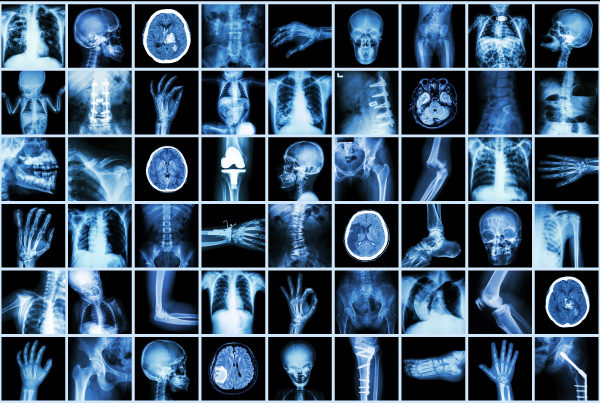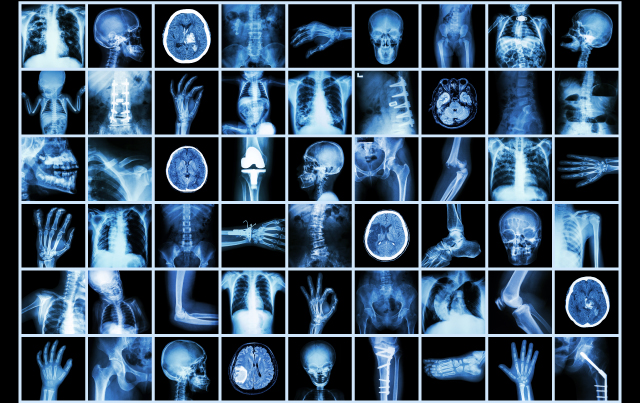Incidental Findings in Imaging Diagnostic Tests


Sunil Ram, MD
The number of CT exams performed in the United States has grown from 3 million in 1980 to close to 80 million a year, according to statistics cited by Berlin L. in the February 2013 issue of Applied Radiology. Those numbers don’t include MRI, PET and other cross-sectional imaging modalities. With the rise in the volume of imaging studies, there has been a corresponding increase in incidental findings, sometimes referred to as “incidentalomas.”
Berlin pegged the number of incidental findings as ranging from 15 percent in the kidneys to up to 70 percent for CT colonography. At the same time, Berlin says, the number that turns out to be malignant is extremely small, less than 1 percent. Sunil Ram, MD, a neuroradiologist at Scottsdale Medical Imaging (SMIL), says incidental findings are a daily occurrence at SMIL due to an aging population and the increased utilization of cross-sectional imaging.
“The challenge of incidental findings is recognizing the appropriate next step,” Ram says. “We discourage unnecessary workups for findings that we deem are likely insignificant. A physicianowned and -driven practice such as SMIL is able to put patient care first rather than attempting to maximize profits through unnecessary workups.”
SMIL follows the American College of Radiology guidelines as well as the guidelines of subspecialty radiologic societies. The SMIL approach focuses on appropriate utilization based on what is in the patient’s best interest and the efficient use of healthcare dollars.
If an abnormality is clearly not benign or clearly not malignant, Ram says, SMIL radiologists will characterize it as indeterminate and will typically recommend follow-up in a specified time period.
“SMIL has a very close working relationship with our referring clinicians and there is a trust they have in SMIL,” Ram says. “Yesterday I spoke to one of our oncologists who commented about how he recognized that SMIL only recommends additional imaging and workup when it is appropriate. That is one of the most important things to consider when choosing a radiology practice.”
References
Berlin, L. How do you solve a problem like incidentalomas? Appl Radiol. 2013 Feb 1:10-12.


